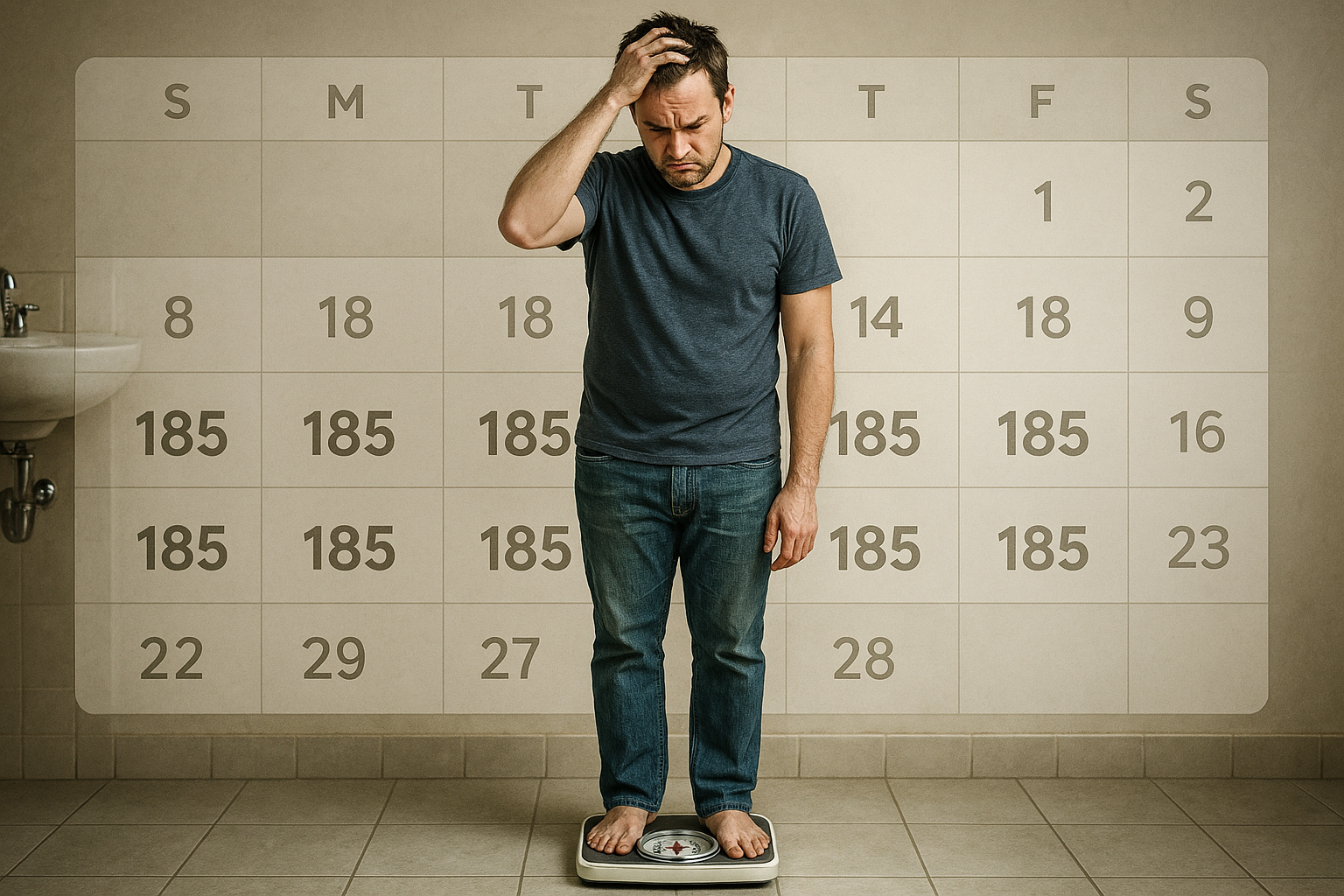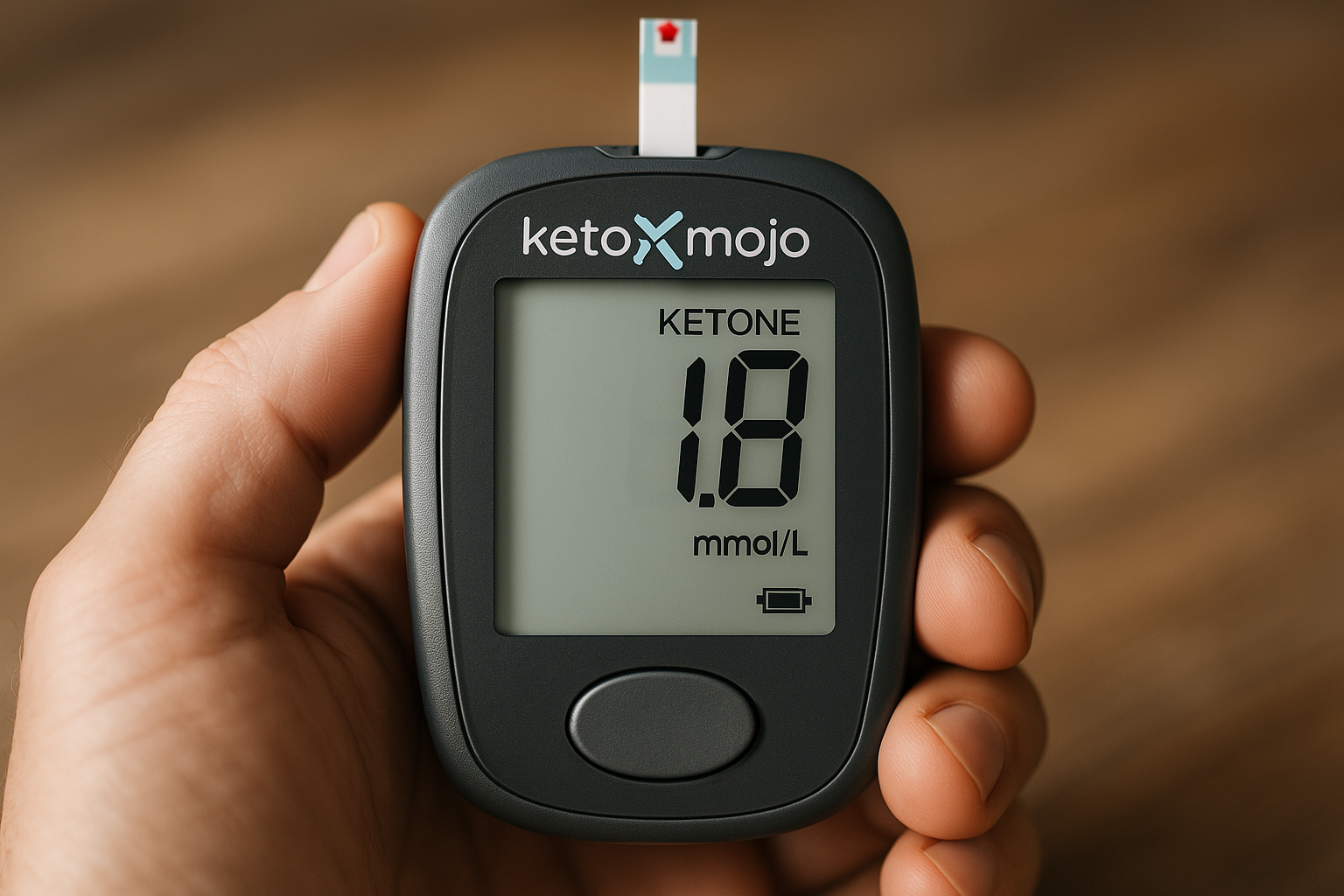You started keto, the weight was melting off, and then... screech. The scale stops moving. You've hit the dreaded keto weight loss plateau. It's frustrating, demotivating, and incredibly common. But don't throw in the towel just yet!
Understanding why plateaus happen and implementing the right strategies can help you break through and get back on track.
 A weight loss stall on keto can be discouraging, but it's often fixable.
A weight loss stall on keto can be discouraging, but it's often fixable.
Why Do Keto Plateaus Happen?
Several factors can contribute to a stall in weight loss:
- Hidden Carbs: Sneaky carbs in sauces, dressings, processed foods, or even some "keto-friendly" snacks can add up and push you over your limit, hindering ketosis. (See Common Keto Mistakes).
- Calorie Creep: As you get comfortable with keto, it's easy to start eating slightly larger portions or adding more calorie-dense fats (nuts, cheese, fat bombs) without realizing it. Even on keto, calories still matter for weight loss.
- Metabolic Adaptation: As you lose weight, your metabolism naturally slows down slightly because a smaller body requires fewer calories to function. Your initial calorie deficit might no longer be effective.
- Inaccurate Tracking: Are you really tracking everything? Eyeballing portions or forgetting small snacks can lead to consuming more carbs or calories than you think.
- Lack of Sleep / High Stress: Both can increase cortisol levels, which can hinder fat loss and increase cravings, particularly important considerations discussed in Keto for Women.
- Insufficient Protein: Not eating enough protein can lead to muscle loss, which slows metabolism.
- Underlying Medical Issues: Less common, but thyroid issues or hormonal imbalances could play a role (consult your doctor if suspected).
- "Whooshes" and Water Retention: Sometimes, fat loss continues, but water retention masks it on the scale. Patience is key!
Strategies to Break a Keto Plateau
Don't try everything at once! Pick one or two strategies, implement them consistently for 1-2 weeks, and monitor your progress.
-
Recalculate & Track Macros Diligently:
- Use a Keto Macros Calculator with your current weight and activity level. Your needs have likely changed since you started.
- Track everything you eat and drink for a week using an app (Cronometer, Carb Manager) and a food scale. Be brutally honest. This often reveals hidden carbs or calorie creep.
 Accurate tracking and potentially testing ketones can provide valuable data.
Accurate tracking and potentially testing ketones can provide valuable data.
-
Tighten Up Carb Intake:
- Re-examine labels for hidden sugars/starches. (See our Keto Shopping List Guide on reading labels).
- Temporarily cut back on "keto treats," nuts, dairy, or artificial sweeteners, which can stall some people.
- Focus solely on meat, eggs, healthy fats, and very low-carb vegetables (leafy greens, broccoli, cauliflower).
-
Adjust Calories (Slightly):
- If tracking reveals you're eating at maintenance, create a small deficit (e.g., reduce daily intake by 100-200 calories, primarily from fat). Avoid drastic cuts, which can backfire.
-
Ensure Adequate Protein:
- Make sure you're meeting your calculated protein goal (often 0.8-1.2g per lb of lean body mass). Prioritize protein at each meal.
-
Incorporate Intermittent Fasting (IF):
- If you're not already fasting, try a 16:8 schedule (fast for 16 hours, eat within an 8-hour window).
- If you already practice IF, try slightly extending your fasting window or incorporating a 24-hour fast once a week (ensure adequate electrolytes!).
- Consider OMAD (One Meal A Day) for a short period.
-
Change Up Your Exercise Routine:
- If you're sedentary, add some activity (walking, bodyweight exercises).
- If you already exercise, try changing the type, intensity, or duration. Add strength training to build/preserve muscle mass, which boosts metabolism.
 Combining strategies like IF and exercise can help break through.
Combining strategies like IF and exercise can help break through.
-
Prioritize Sleep & Manage Stress:
- Aim for 7-9 hours of quality sleep per night.
- Incorporate stress-reducing activities like meditation, yoga, deep breathing, or spending time in nature.
-
Be Patient & Look Beyond the Scale:
- Are your clothes fitting better? Do you have more energy? Are your measurements changing? Fat loss isn't always linear on the scale due to water fluctuations.
- Give strategies time to work (at least 1-2 weeks) before switching things up again.
Breaking a keto weight loss plateau often requires a bit of detective work and strategic adjustments. By carefully reviewing your intake, activity, and lifestyle factors, you can identify the culprit and implement the right changes to reignite your progress.
